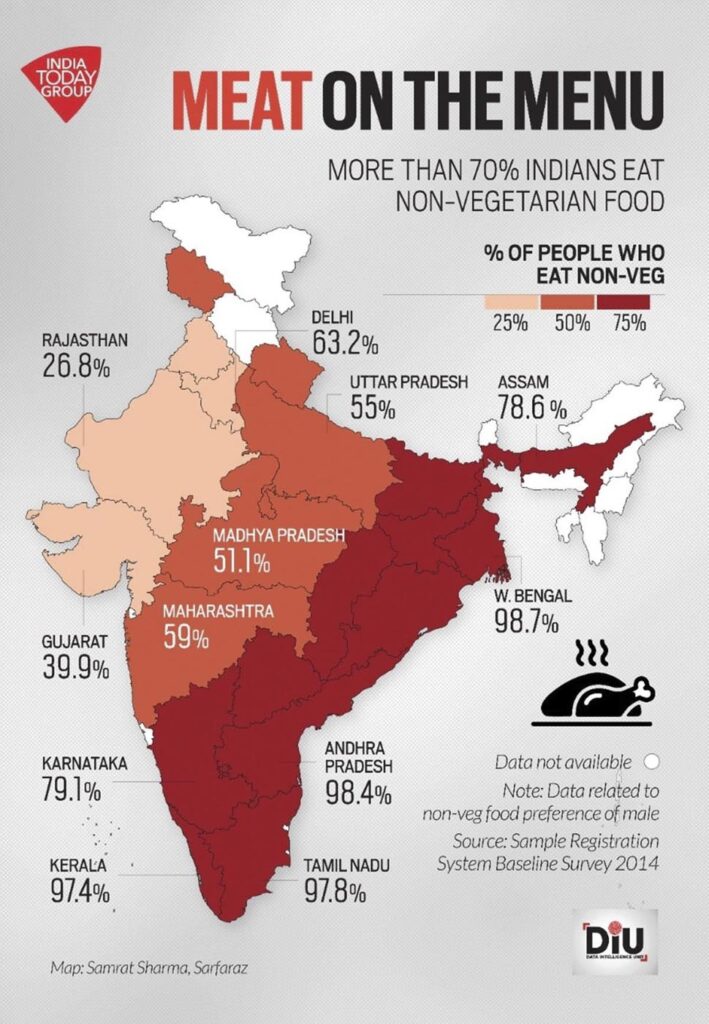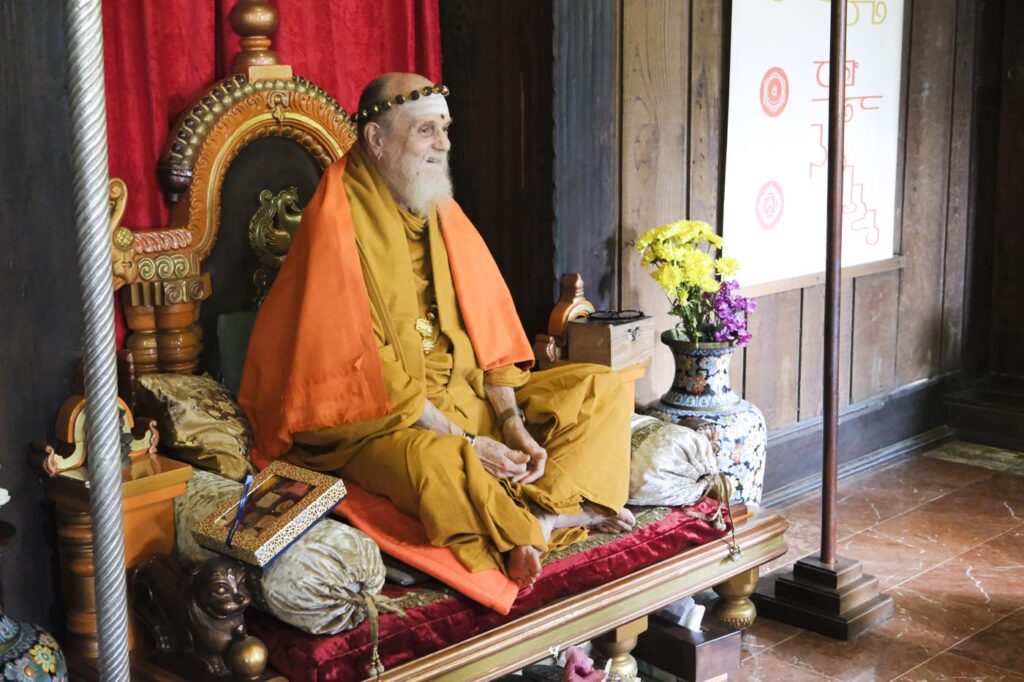Quotes and Quips
The AI-generated quote for the Quotes and Quips section in the Oct/Nov/Dec 2024 issue prompted varied reactions. While the capability of a machine to produce such a coherent statement is undeniably impressive, it invites us to explore its implications more deeply. AI’s potential in crafting spiritual quotes seems effective at first glance but raises significant questions upon closer examination.
Can a machine truly exercise creativity? The answer is both yes and no. While AI can simulate creativity on an intellectual level, it lacks the intuitive flair integral to genuine inspiration. The intellect reshapes existing knowledge into coherent thoughts, whereas intuition arises spontaneously from within. While both faculties hold value, spiritual insights often spring from the latter. AI embodies intellectual prowess, predicting outcomes based on past data, yet it remains bereft of the soul’s intuitive spark.
Consider the AI quote: “True strength is not in the force of our actions, but in the patience of our responses.” Though logically sound, it bears a noteworthy resemblance to Ralph Waldo Emerson’s “Patience and fortitude conquer all things” or Mahatma Gandhi’s assertion that “Strength comes not from physical capacity. It comes from an indomitable will.” Moreover, does the AI quote genuinely hold truth in suggesting that true strength lies in the duration it takes us to respond?
Perhaps it is wise to let machines excel where pure intellect is required, but to entrust matters of the heart and soul to us humans.
Akash Katir
Kumbha Mela
The Maha Kumb is bold evidence of the fervor and faith in our nation’s religion. It is devotion that drove millions of people from every corner of this vast country to the sacred calling of the river at Triveni Sangam. The Kumbh is overwhelming and deeply moving, a gathering unlike any other in the world.
India as a nation is dotted with Gods. There are Gods in each city, village, central square—everywhere. There are Gods on the roads and highways. According to ancient Vedic belief, trees are considered the origin of life. Thus, they hold deep significance in Hinduism. In fact, every tree has a Deity or a God who is worshiped and given offerings. Someone places an image of a God under a tree, and eventually people build a shrine—thus creating a pilgrim spot. On special days, sacred trees are worshiped for long life and fulfillment. Holy spots are often associated with a water body (tirtha), such as a pond or a confluence of rivers. The Puranas describe many such sites. Miracles happen when one goes to these pilgrim spots. Diseases get cured, children are born, fortune is restored.
This is a nation imbued with faith and traditions, a place where the Gods and Goddesses can appear under a tree or in a neighborhood to create a feeling of community, to support the lost and the hopeless—a moment of connection, a moment of peace that transcends human limitations.
Dr. Ramesh Upadhya
Ramana Maharshi
I just received the Apr/May/Jun 2025 issue of Hinduism Today, packed as always with valuable information and insights into Hinduism. I always look forward to your magazine. The article about Ramana Maharshi is superb—so informative and insightful. I plan to visit Ramana Ashram and the Annamalaiyar Devasthanam this year. But for the nine-mile walk around the hill, I’ll have to think about that. I am 76 years old, “running 77,” as they love to say in India!
I just looked in Wikipedia and discovered to my great dismay that the British had renamed Tiruvannamalai to Trinomali—an anomaly to suit their tongues. They renamed countless other localities across India as well. Tiruchirappalli became Trichinopoly with the British imposition on local place names. Tiruvannamalai consists of three words: thiru (respected), anna (older brother), and malai (hill, mountain). But malai in Tamil, pronounced mälai, can also mean either evening or garland. I beg you to use diacritics, particularly Ä/ä, to extend the ‘a’ as in the word far.
Raja Bhat MD
Eastern Faith Parallels
Regarding your article, “Taoism’s Hindu Parallels” (Jul/Aug/Sep 2022), I too find an immense amount of similarity between ancient faiths—Shintoism, Taoism, Shamanism and Hinduism (unfortunately misappropriated due to the labels of -isms by Europeans). The common theme is the cosmic order, the interconnectedness, living in harmony with nature, being grateful to nature, and walking on the right path. I agree that there are strong possibilities of these systems originating individually, with some exchange of ideas.
With the depth of discussions and ideas these faiths engaged in through history, I have no doubt that they must have participated in gatherings of intellectual and spiritual discourse. I feel there was something similar all over the world—a natural system that has been forcefully replaced by artificial ways, crafted for the benefit of a few, and to amass an army of volunteers in the name of religion.
Devika
Mothers and Babies
Fantastic article and a great read for everyone in the family—“Nurturing Babies and Mothers” (Jan/Feb/Mar 2018). The highlight for me was the focus on reviving our own Hindu traditional medicinal practices, which are losing their influence due to Western cultural medical practices. As a next step, we should work to develop our traditional systems by opening training centers and development hubs to further these long-lost traditions. Many thanks to the authors who put their efforts into this article—kudos to them! I look forward to reading more articles that highlight our ancient wisdom and its relevance in modern life.
Cartigayen Murugaiyen
The Nature of Consciousness
I thoroughly enjoyed reading the article “New Consciousness Theory” (Jan/Feb/Mar 2025). It is true that what science thinks of as a new consciousness theory was something Hindus have known for eons—that consciousness could originate from hidden dimensions of the universe rather than solely from brain activity.
Even though I am an engineer with a science background, Advaita Vedanta’s holistic and nondualistic approach deeply resonates with my understanding of consciousness. The mahavakyas, such as Prajnanam Brahma (“Consciousness is Brahman”) and Satyam Jnanam Anantam Brahma (“Brahman is Existence-Consciousness-Infinity”), emphasize consciousness as the infinite essence of all that exists.
From the Advaita Vedanta standpoint, consciousness is self-evident—the essence that differentiates living beings from inanimate objects. Its absence equates to lifelessness.
An analogy from Advaita Vedanta likens the brain to a transmitter of consciousness, much like a radio transmitting sound waves. The brain facilitates the manifestation of consciousness but does not produce it.
Pradeep Srivastava
Entering Hinduism
I have been receiving your magazines for several years. They bring me warmth and love from my spiritual family. Thank you.
A few things struck me about the article “Bali Filipino Citizen Converts to Balinese Hinduism” (Jan/Feb/Mar 2025). Firstly, I always love to hear of people finding a home in Hinduism. But I was disappointed by the attempt of Sudhi Wadhani to “cleanse” the convert from their old religion’s influences. Sanatana Dharma is infinite and encompasses all realities simultaneously. What need is there for cleansing? Secondly, the signing of a document to enter the faith? Entering that state of being—the reality described by people’s beliefs—is not a contract. It’s a divine right and miraculous journey. But, it’s all good. Keep up the good work!
Sigh’n, Matthew Grier
New Boston, Texas
Facts on Vegetarianism in India

I enjoyed reading several articles on your site, particularly “How Our Soul Matures.” But in the feature, “14 Questions People Ask about Hinduism,” I noticed the statement, ”Vegetarians are more numerous in the south of India than in the north.”
This is factually incorrect. An Indian Government survey conducted in 2014 shows that North India has a much higher percentage of vegetarians than the South. I am from a South Indian community that does not consume meat, so I am well aware of the actual ground reality. Source: nall.ai/indiatodaymeatveggie
Also, please note that eating meat is on the rise in India. According to a Pew study, only 39 percent now identify as vegetarians. Source: nall.ai/pewresearchindiavegetarianism
I draw your attention to this so that what you publish accurately reflects the reality of India and maintains your excellent credibility.
Sowmya
Correction, from the Editors
√ You are correct, Sowmya. Thank you for flagging the error. We will update the article on our website. As you noted, government data cited in the India Today article shows that states like Rajasthan, Haryana, Punjab and Gujarat have the highest vegetarian populations, while nonvegetarianism is far more prevalent in southern states such as Andhra Pradesh, Tamil Nadu, and Kerala. This confirms that vegetarianism is more common in the north and west of India.
The India Today article also notes a national trend: meat consumption is on the rise, with 80% of Indians now eating some form of meat—up from 74% in 2006.
It is important to point out that India has one of the lowest per capita meat consumption rates in the world—about 4.5 kilograms per person per year, according to a 2005 FAO report titled Livestock Sector Brief: India. Link: nall.ai/faolivestocksectorbrief
In contrast, the average American consumes about 120 kilograms of meat per year, based on U.S. Department of Agriculture data. This stark difference reflects the deep cultural and dietary contrasts between the two countries.
Letters with writer’s name, address and daytime phone number should be sent to:
Letters, Hinduism Today, 107 Kaholalele Road, Kapaa, Hawaii, 96746-9304 USA
or visit: www.hinduismtoday.com/letters
Letters may be edited for space and clarity and may appear in electronic versions of Hinduism Today.
Nurturing Dharma Through Youth Expression
Helping Hinduism Today helps Hindu youth enjoy and share Sanatana Dharma

A common concern shared by Hindu leaders and parents alike is how to effectively communicate Hinduism to our youth. Sincere efforts are being made by organizations, both large and small, to accomplish this. One of our approaches in Hinduism Today is to let youth speak for themselves, through opinion pieces and narratives of their experience of Hinduism. Our thought is that other youth will relate well to the ideas presented when the writers are of their own peer group.
In a recent “In My Opinion” column, Oviaa Madanganesh Sumathi, 17, of Bengaluru, India, wrote about practicing Bharatanatyam dance since the age of six. She describes how her understanding of the dance deepened over the years, along with guru bhakti, appreciation for disciplined practice and closeness to the Divine. In her words, “The more we danced, the closer we felt to God.”
In another op-ed, Aran Malhotra, 17, of Chicago, Illinois, shared how his upbringing in a devout Hindu home, coupled with visits to Kauai’s Hindu Monastery and dedicated study of the faith, led him to start a Hindu Students Club and a blog titled “Hindu Tools for Teens.” His goal is to inspire teens to lead values-driven lives, rooted in love, honesty and nonviolence, while holding respect for all faiths. Aran hopes his efforts will spark similar endeavors at other schools.
Mugdha Shinde and Sanjeevani Dedge—both residents of the San Francisco Bay Area and participants in our “Young Writers” program—wrote on balancing religion with the demands of high school life. They addressed a common concern: that academics, sports and extracurriculars leave little time for Hindu practices. In response they listed eleven simple practices that can be woven into one’s day, requiring minimal time. One example: carry a Hindu book—printed or digital—and read from it, even for just five minutes, during breaks in the day.
Krathu Sankaranarayanan, a tenth grader from Missouri City, Texas, shared a touching account of traveling with his family to Varanasi for the ceremony of placing his grandfather’s ashes in the Ganges. His story offers a heartfelt glimpse into the living traditions of our faith and the deep emotional connections they foster across generations.
These enthusiastic articles remind us all that the Sanatana Dharma is alive in the hearts of young people.
You can support this unfolding story. Help Hinduism Today continue to provide a platform for youth to share their experiences and promote Hindu education for the next generation. Your generous donation helps keep the magazine financially strong and secure.
Donate at: bit.ly/help-HT, or contact us at: +1-888-464-1008 or support@hindu.org
